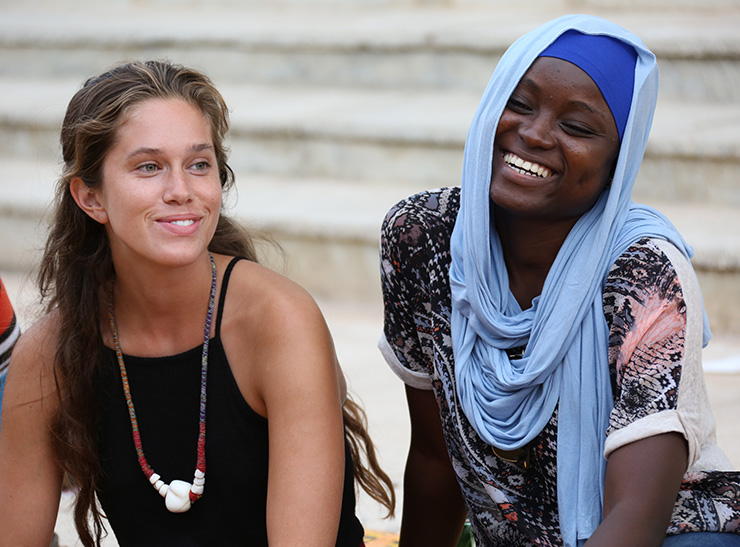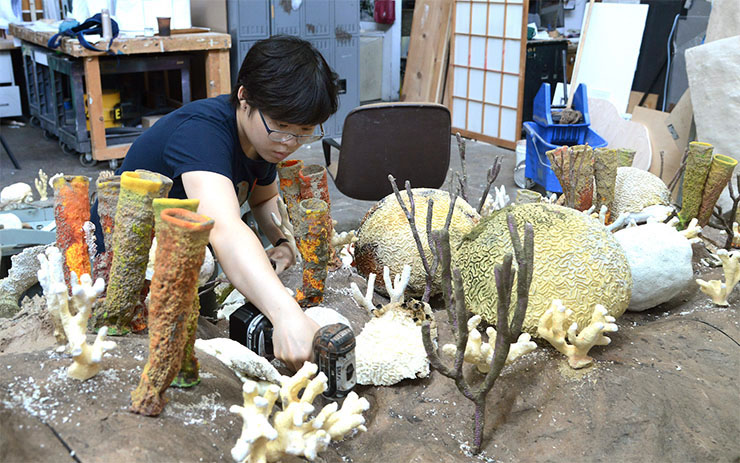NEWPORT, R.I. (Sept. 14, 2016) – A newly constructed 23,000-square-foot academic wing on Salve Regina’s seaside campus will be named in honor of Cumberland Farms Chairman of the Board Lily Haseotes Bentas for her longtime friendship and service to the university.
The Lily Haseotes Bentas Center will be officially dedicated during a ceremony on Saturday, Sept. 17 at 4 p.m. United States senators from Rhode Island, Jack Reed and Sheldon Whitehouse, will offer remarks, along with members of the Haseotes family and representatives from the Salve Regina community.
The Bentas Center is connected to the 67,000-square-foot reconstructed O’Hare Academic Building, Ochre Point Avenue, sharing a large university commons area overlooking Newport’s Cliff Walk and the Atlantic Ocean. The Center will house the Department of Business Studies and Economics, along with its business outreach program, the Rodgers Family Department of Nursing, student common areas, classrooms, conference areas and faculty offices.



